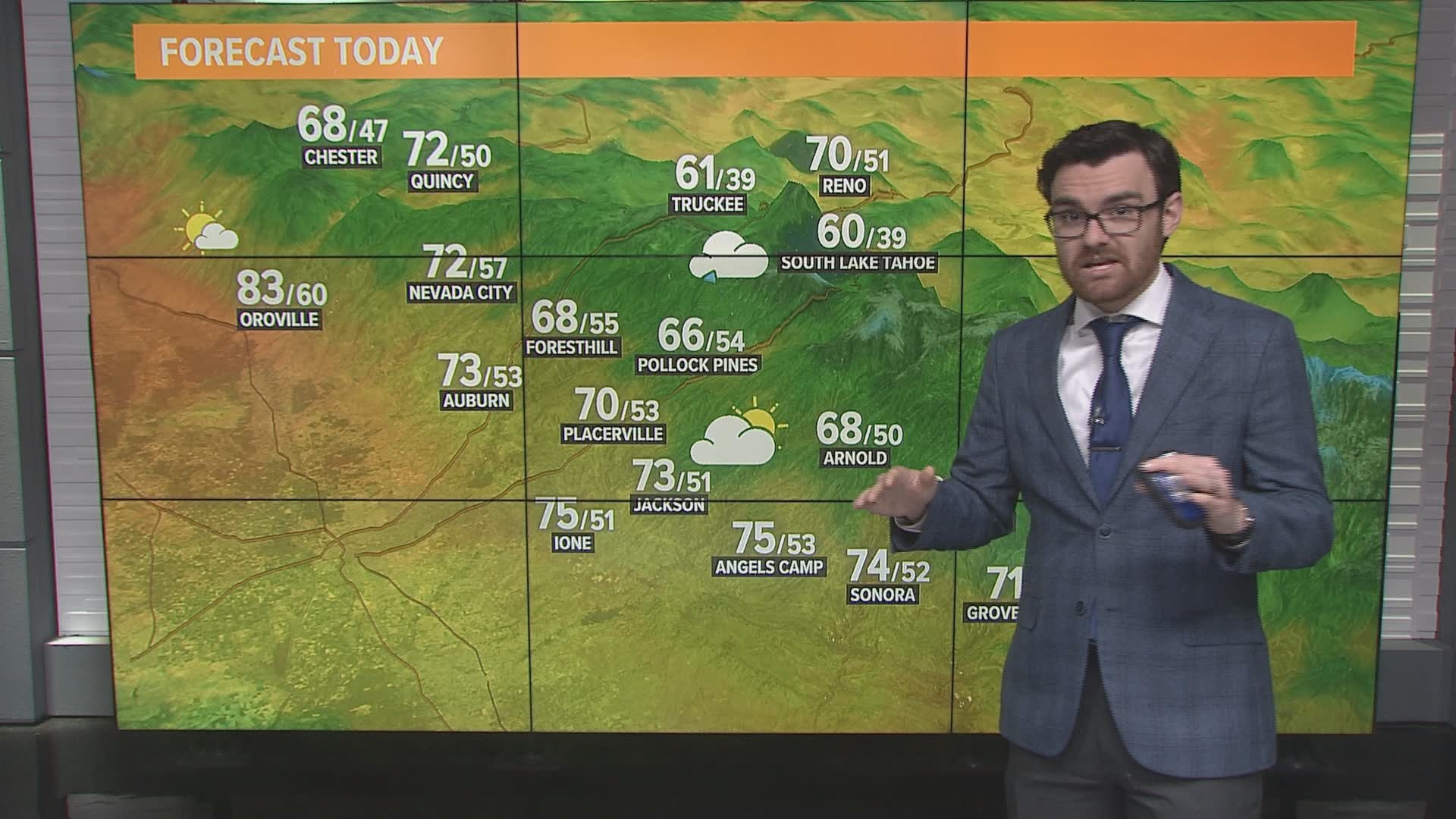SACRAMENTO, Calif. — California, particularly in the Central Valley, is known for its long, hot and dry summers.
When it comes to making predictions, there typically isn’t a ton of variability when it comes to how particularly hot or dry it will be here. However, this year there are a number of factors that could affect how miserable of a summer it is.
Before digging into the data, it is clear that summers are getting warmer here in California. The last time the months of June and July experienced average temperatures below the historical average was in 2012.
For August, it was in 2018, which is potentially due to the persistent smoke that sat overhead, slightly cooling down high temperatures.
Seasonal predictions are, after all, predictions. The state will of course experience numerous heatwaves in the coming months and it will still be hot.
The point of this article is to utilize data from previous years and explore the current state of various factors that affect weather to predict if it will be a hotter or cooler than average summer.
To set the stage, there are a few local and global factors that will likely affect the weather this summer, particularly in June. These factors are saturated soils and cool Pacific waters off the California coast, which both help to keep temperatures moderated.
While these conditions hold on for now, the cold waters are already diminishing off the West Coast and soil temperatures will certainly dry out under the baking California sun.
Precisely how long the below average temperatures cling on in the Pacific will play a critical role in conditions this summer.

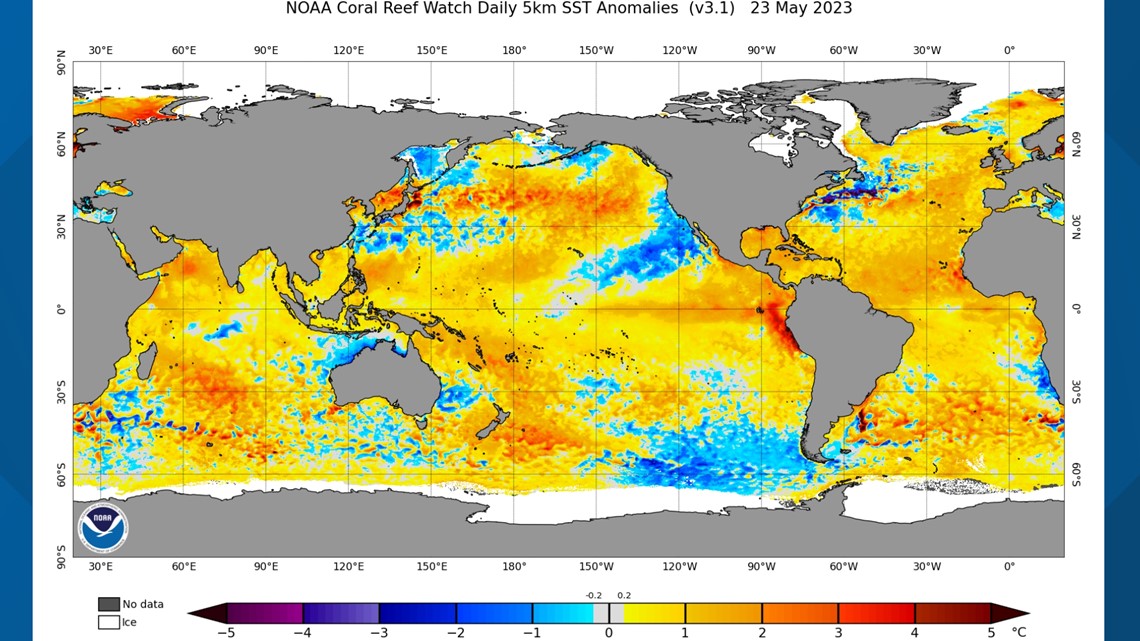
Another player in this story is the developing El Niño. After three years of La Niña, ocean temperatures in the equatorial Pacific are warming rapidly, signaling a return of El Niño in the coming months.
El Niño events, particularly strong El Niño events like in 2015-16, are linked to much warmer than average global temperatures worldwide – including here in California.
One year that closely mirrors the current state of the climate, 2009, can be drawn on to perhaps give a clue of what this summer could look like.
That year featured a transition from La Niña to El Niño along with cooler ocean temperatures up and down the west coast.

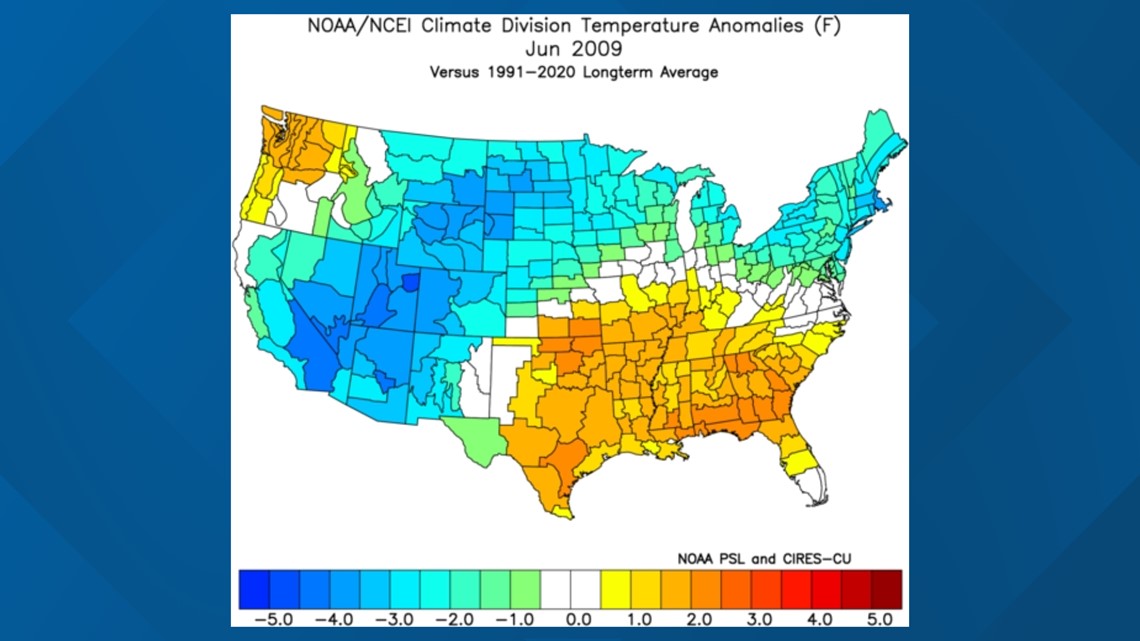
June of 2009 was marked by persistent low pressure over the state, keeping things relatively cool, until the end of the month when a powerful heat wave struck and temperatures soared to 108 in Sacramento on June 28.
It is possible that this upcoming June could follow a similar pattern and the two main global weather models are backing that thought up, at least for the beginning of June.
That is not to say it will feel cool outside, it is June after all. The last time Sacramento went the entire month of June without a daily high temperature of 100 or greater was in 1998, so still expect hot weather.
The relatively cooler conditions of 2009 featured daily highs in the 80s and 90s, along with a few days in the 70s, resulting in the month coming in at two degrees below average.
The North American Multi-model Ensemble (NMME) also predicts a cooler than average June for California, along with wetter conditions in the Sierra, as do European climate models.
However, the Climate Prediction Center favors an average June, in terms of temperature, for California.
As for the rest of the summer, things are looking hot, according to NOAA at least. The NMME and C3S (Copernicus Climate Change Service) aren't exactly on board with this notion.
July is typically the hottest month in California as the average high is 94 and the state contains the sunniest city in the world during the month, according to currentresults.com.
The CPC predicts a hot summer for practically the entire country, including California, saying “the June-July-August (JJA) 2023 temperature outlook favors above normal temperatures over the western contiguous United States (CONUS), the southwest, southeast, and along the eastern seaboard to New England."

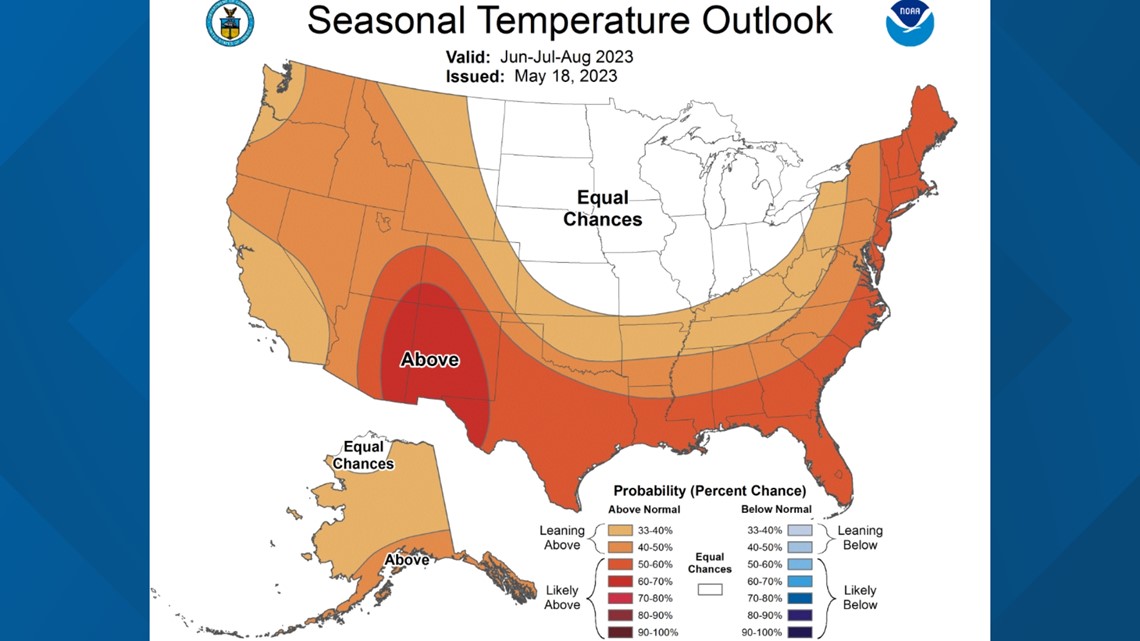
The cool ocean temperatures are to credit for painting most of the state in the lighter shade of orange, according to the CPC.
"A weak tilt toward above normal temperatures (33 to 40 percent) is forecast over California owing to weaker temperature signals in NMME and C3S, likely related to recent coastal sea surface temperature anomalies that leaned below normal and recently transitioned to neutral," said the CPC.
The NMME and C3S do indeed have a weaker signal of hot temperatures for California for the June through August timeframe.

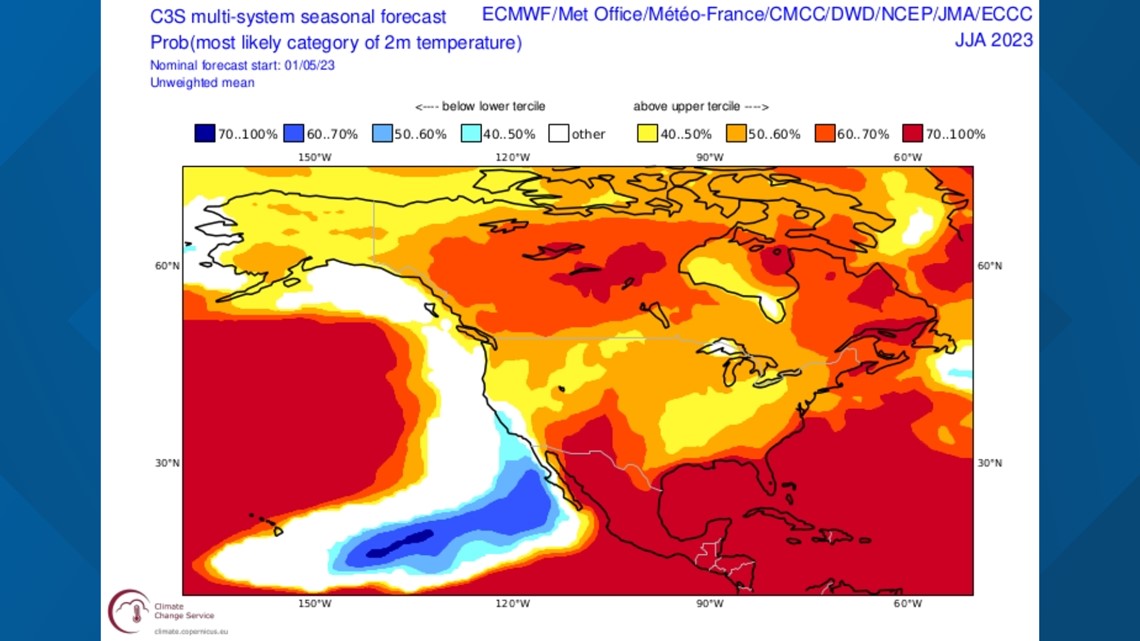
Once again, the correlation between ocean and air temperatures is evident and plays a large role in the model predictions. The area of below average temperatures coincide with where the below average sea temperatures reside.
Whether the summer plays out more like the CPC or more like the NMME or C3S is very dependent on the ocean temperatures. If they stay cool, summer could be closer to average this year in California.
Unlike most of the U.S. east of the Rockies, California doesn't have to contend with suffocating humidity, which keeps "feel-like" temperatures lower and allows for nighttime temperatures to drop faster.
The Delta Breeze also acts as a sort of natural air conditioning for the southern Sacramento and northern San Joaquin Valleys.
The heat can't be escaped here in the summer, but maybe California can be spared and be treated to at least an average summer.
Don't bank on it, though, especially as climate change continues to push the limits of heat across the country.
WATCH ALSO:

